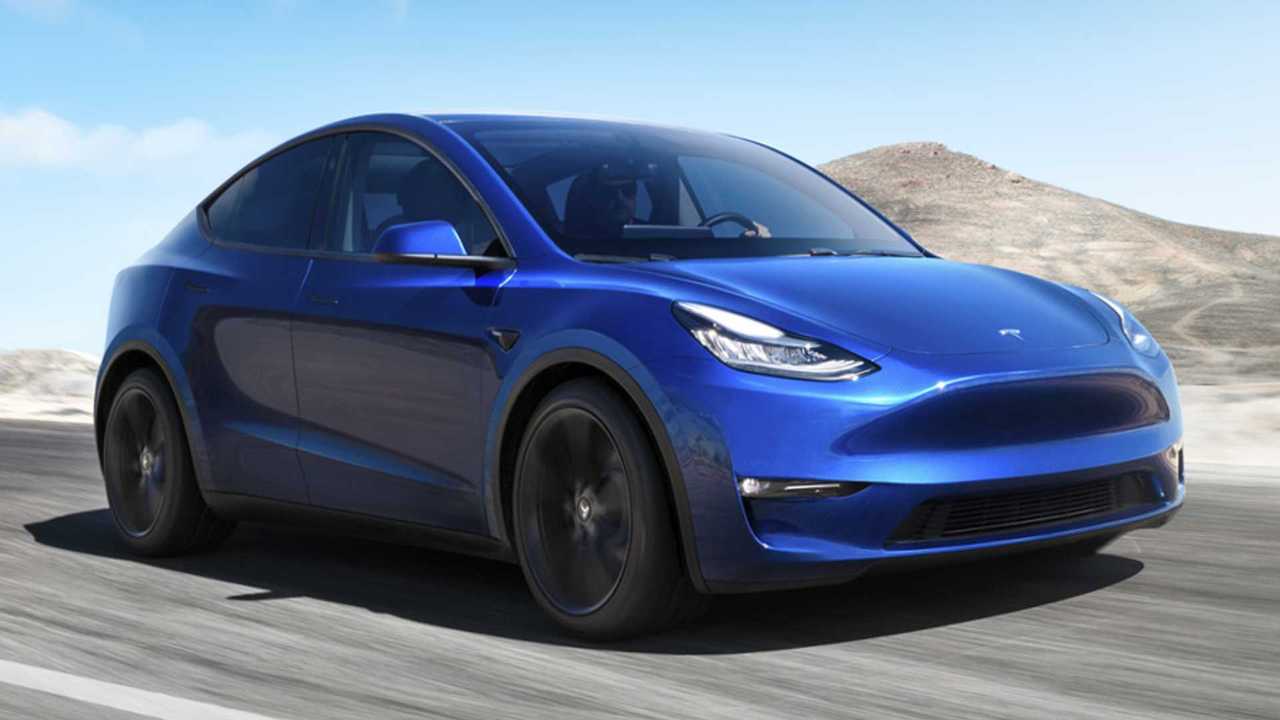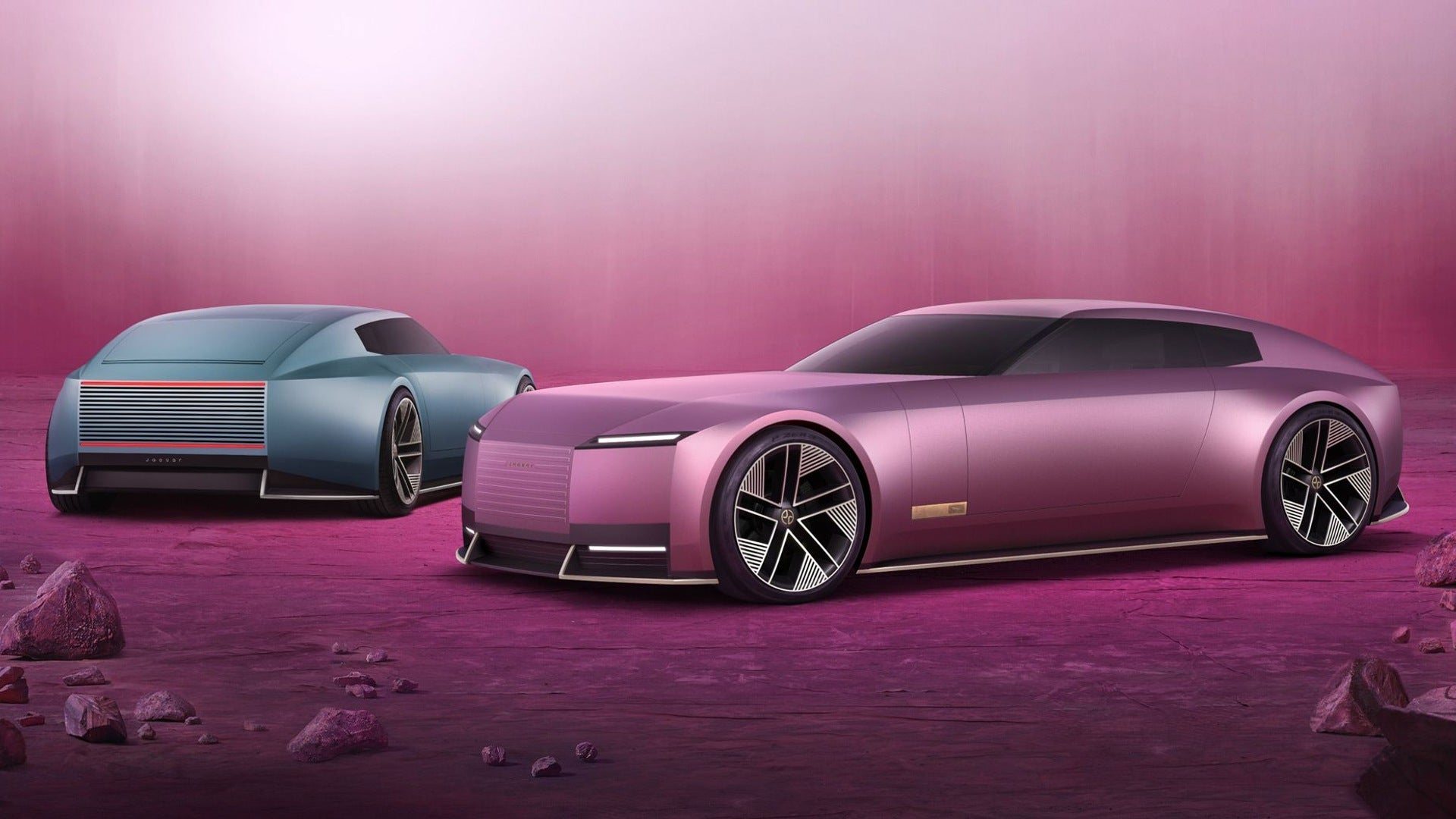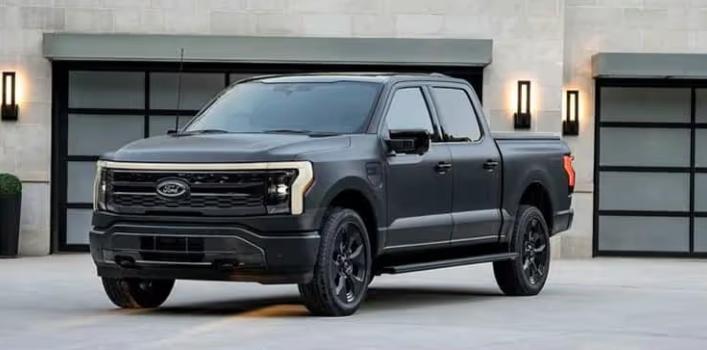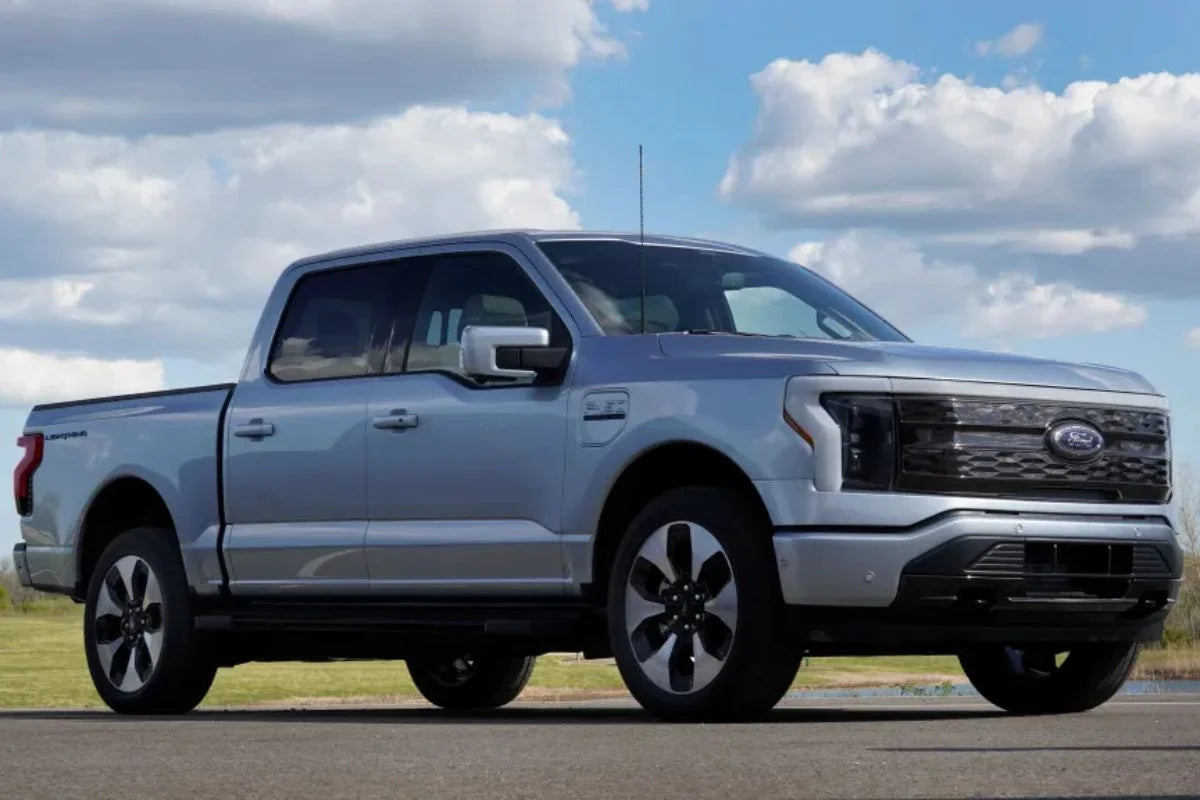Malgré les espoirs de Tesla de voir un Model Y légèrement relooké inverser la tendance à la baisse de ses ventes, cette mise à jour n'a pas produit les résultats escomptés. Les données de marché montrent des baisses d'une année sur l'autre sur des marchés clés comme les États-Unis, la Chine et l'Europe, tandis que la concurrence des constructeurs chinois s'intensifie. Les critiques affirment que les mises à jour superficielles du design et les opportunités manquées de Tesla – comme le report du lancement du « Model 2 » abordable au profit du Cybertruck de niche – ont érodé son avantage concurrentiel. De plus, la personnalité publique de plus en plus controversée d'Elon Musk et ses affiliations politiques exacerbent la toxicité de la marque, certains suggérant que même son départ pourrait ne pas suffire à restaurer la domination passée de Tesla sur le marché des véhicules électriques.
Article complet :
Pendant des années, le Tesla Model Y a été un pilier de l'empire électrique d'Elon Musk, représentant la majorité des ventes mondiales de véhicules de l'entreprise. Mais en 2025, ce qui aurait dû être un relooking triomphal de ce crossover électrique à succès a révélé les vulnérabilités croissantes de Tesla, tant en termes d'attrait produit que de perception de la marque.
Tesla a officiellement dévoilé le Model Y « rafraîchi » en janvier 2025, lui offrant un léger lifting : une barre lumineuse inspirée du Cybertruck, quelques modifications esthétiques mineures à l'avant et à l'arrière, et des matériaux intérieurs modernisés. Mais sous le capot, la voiture reste quasiment inchangée par rapport au Model Y lancé en 2019. Et c'est problématique, car dans le monde effréné du développement des véhicules électriques, six ans, c'est une éternité.
Un accueil froid
Malgré les attentes optimistes des partisans de Tesla, les premiers chiffres de vente dressent un tableau inquiétant. Kelley Blue Book a rapporté que les ventes de Tesla aux États-Unis ont chuté de 9 % au premier trimestre 2025. Pire encore, les ventes du Model Y ont chuté de 15 % en glissement annuel au deuxième trimestre, malgré des remises généralisées, des offres de financement à 0 % et des options de livraison immédiate – autrefois impensables pour un véhicule Tesla. En Europe, la situation est plus désastreuse : les ventes ont chuté de 54 % en Suède, de 68 % au Portugal et ont chuté sur la plupart des grands marchés, à l'exception de la Norvège. En Chine, les ventes du deuxième trimestre ont chuté de 11,7 % en glissement annuel, malgré des promotions et des incitations tarifaires tape-à-l'œil.
Ces chiffres soulignent ce que de nombreux observateurs considèrent comme un échec majeur : Tesla a tenté de faire passer un produit vieillissant avec des mises à jour minimales pour quelque chose de nouveau sur un marché devenu à la fois plus sophistiqué et plus compétitif.
Fatigue de conception et opportunités manquées
Les professionnels du secteur et les experts en design estiment que la décision de Tesla d'éviter une refonte complète s'avère fatale. « Ils ont fait les choses au rabais », a déclaré Jamie Tomkins, concepteur de projet senior au Royal College of Art. Les modifications apportées aux barres lumineuses, ajoute-t-il, n'ont pas suffi à enthousiasmer les consommateurs, de plus en plus attirés par les véhicules électriques chinois à la pointe de la technologie et au design dynamique.
Frank Stephenson, connu pour son travail sur des marques comme Ferrari et Mini, a critiqué l'influence directe d'Elon Musk dans le design, déclarant : « Le pire designer chez Tesla, c'est Musk… Ce n'est pas du goût de tout le monde. » Selon Stephenson, le refus de Tesla d'innover plus audacieusement avec le rafraîchissement du Model Y reflète une complaisance troublante.
Même les fans inconditionnels de Tesla reconsidèrent leur décision. Un client a échangé son Model Y contre une Toyota bZ4X, déclarant rétrospectivement que sa Tesla « n'était rien en comparaison » et que le système de conduite entièrement autonome (FSD) ne valait pas le coup .
Dommages à la marque et effet Musk
Au-delà de la voiture elle-même, Tesla est confrontée à un problème encore plus vaste : son PDG. Elon Musk, autrefois salué comme un visionnaire technologique, est de plus en plus perçu comme un handicap. Ses frasques politiques – soutien affiché à des figures d'extrême droite, ingérence dans les démocraties américaines et européennes et création d'un troisième parti politique – ont aliéné un nombre croissant de consommateurs.
Un commentaire largement approuvé a résumé la situation : « Dans le contexte actuel… Je ne crois pas que si le YMCA pouvait faire un « Chitty Chitty Bang Bang », se donner des ailes et voler, les ventes seraient là où Tesla en a besoin. » Un autre utilisateur a fait remarquer que même le retrait d'Elon Musk de Tesla pourrait ne pas suffire à réparer les dommages causés à la marque.
Certains défendent encore Musk, arguant qu'il est un modéré aux opinions libérales classiques. Mais la perception est la réalité, et pour beaucoup, l'image publique de plus en plus polarisante d'Elon Musk a rendu Tesla toxique. Sur un marché des véhicules électriques très concurrentiel, l'image de marque est essentielle, et celle de Tesla est sans doute à son plus bas niveau depuis des années.
Perte de concentration : le Cybertruck sur le Model 2
Les critiques ont également critiqué la stratégie produit de Tesla. Au lieu de privilégier le « Model 2 », longtemps évoqué – un véhicule électrique abordable et grand public susceptible de concurrencer BYD et Xiaomi – Tesla a concentré ses efforts sur le Cybertruck, un véhicule de niche . Un pari qui, selon beaucoup, s'est soldé par un échec retentissant.
« Plutôt que de lancer un modèle plus grand public, Tesla a gaspillé beaucoup d'argent sur le Cybertruck », a déclaré le professeur David Bailey de l'Université de Birmingham. Il note que les constructeurs automobiles chinois surpassent désormais Tesla en termes de coûts, de technologie de batterie et d'innovation. « Tesla est passé du statut de disrupteur à celui de retardataire. »
En Chine, les Xiaomi SU7 et Xpeng G7 suscitent des critiques élogieuses et se comptent par centaines de milliers de commandes, grâce à leurs prix plus abordables, leurs technologies avancées et leurs designs plus modernes. Le Xiaomi SU7 est même 1 500 $ moins cher que le Model Y, tout en offrant des performances et un système d'infodivertissement que beaucoup considèrent comme supérieurs.
Assistants IA et gambits désespérés
Elon Musk a récemment annoncé que « Grok », l'assistant IA interne de Tesla, serait bientôt intégré à ses véhicules . Si cela pourrait permettre à Tesla de s'aligner sur des concurrents comme Mercedes-Benz et VW, cela ressemble davantage à un rattrapage qu'à un bond en avant.
Tesla prépare également un modèle YL à empattement plus long (une version à six places avec 456 ch) destiné aux consommateurs chinois, mais on ne sait pas si cela suffira à regagner le terrain perdu.
Pendant ce temps, les usines Tesla fonctionnent à seulement 70 % de leur capacité, selon le New York Times, ce qui est un indicateur clair d’un ralentissement de la demande et de goulets d’étranglement logistiques.
Tesla peut-elle rebondir ?
Tesla détient toujours 28 % de parts de marché sur le marché américain des véhicules électriques, mais des fissures apparaissent. « On ne peut pas forcer les gens à penser différemment, pas même Elon Musk », a déclaré le consultant automobile Jay Nagley. Et même si les fans de Tesla veulent croire le contraire, la perception de la marque et la lassitude en matière de design constituent de réelles menaces.
Certes, il n'existe pas encore de « tueur du Model Y » sur les marchés occidentaux. Mais cela arrive à grands pas. Les marques chinoises accélèrent leur expansion internationale. Si Tesla ne repensait pas radicalement sa gamme, ses prix et son leadership, sa domination pourrait bientôt devenir un oubli.
Le relooking du Model Y était peut-être une occasion pour Tesla de gagner du temps. Au lieu de cela, il s'est avéré être une occasion manquée qui a révélé des problèmes profondément ancrés dans la stratégie de l'entreprise et dans sa direction.
TL;DR
La mise à jour timide du Model Y de Tesla n'a pas réussi à inverser la tendance à la baisse des ventes mondiales. Le leader des véhicules électriques perd du terrain face à ses concurrents chinois, plus compétitifs et innovants, tandis que l'image controversée du PDG Elon Musk accentue la toxicité de la marque. Les critiques affirment que Tesla a raté sa chance en privilégiant le Cybertruck au détriment d'un véhicule électrique grand public abordable, et même le départ d'Elon Musk pourrait ne pas suffire à restaurer la position autrefois dominante de Tesla.
Recommandations de chargeur NACS (Tesla) : Prise NEMA 5-15 pour usage portable/domestique, prise NEMA 14-30, prise NEMA 14-50 Chargeur NACS (Tesla)








Partager:
Tesla risque une interdiction de vente en Californie suite à une plainte pour publicité trompeuse déposée par la FSD
Lucid fait face à des critiques concernant les frais de retour de location coûteux : les clients disent que c'est injuste et incohérent